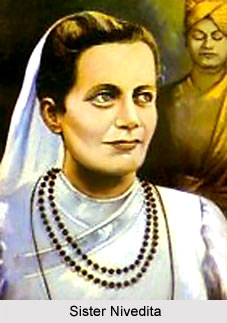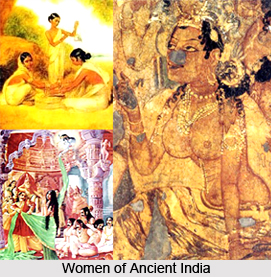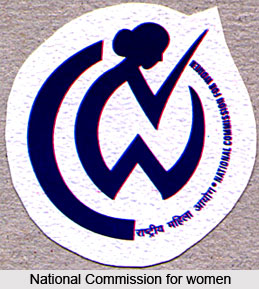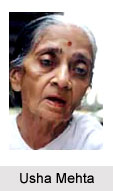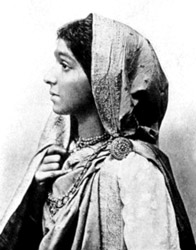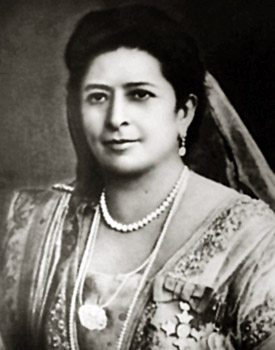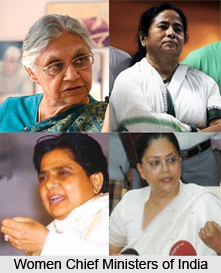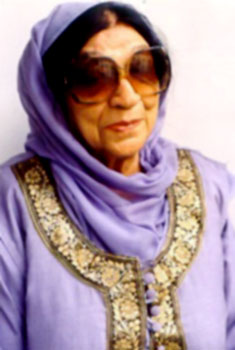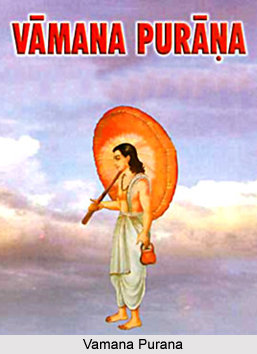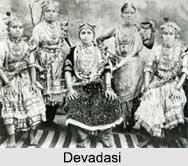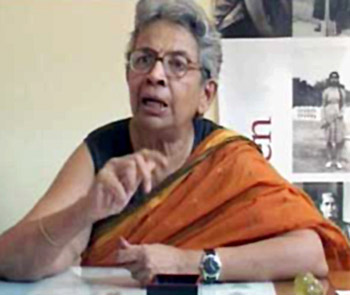 Women in post-independent India were part of a new state that developed a bureaucratic structure designed to meet the specific needs of women. This included creating the National Social Welfare Board, assigning special duties to block development officers, and asking the Department of Health and Welfare to prepare a specific plan with women in mind. In the documents of the new Indian state the past had been undone, modernity was triumphant, and women were no longer subordinate to men.
Women in post-independent India were part of a new state that developed a bureaucratic structure designed to meet the specific needs of women. This included creating the National Social Welfare Board, assigning special duties to block development officers, and asking the Department of Health and Welfare to prepare a specific plan with women in mind. In the documents of the new Indian state the past had been undone, modernity was triumphant, and women were no longer subordinate to men.
Women in the immediate post-Independent period
However, in the post-independent period, the immediate concerns of women were not constitutional rights but political reality. The partition of British India into India and Pakistan affected millions of women and men as populations fled both countries. When the migrations were over more than eight million people had moved from Pakistan to India or from India to Pakistan. Many women, estimates range from 80,000 to 150,000, were abducted during this time. As a result India and Pakistan agreed on procedures for recovery and restoration.
Constitutional Provisions for Women in the post-Independent period
The Constitution of India declared equality as one of the Fundamental Rights. It also guaranteed equal protection of the law, equal opportunities in public employment, and prohibited discrimination in public places. The Hindu Code, passed as separate Acts between 1955 and 1956, rewrote the Hindu laws of marriage and divorce, adoption, and inheritance. Adult suffrage added women to the electoral roles and political parties pledged their commitment to women`s issues. Many of the women who participated in the social reform and political activities of the 1920s, 1930s, and 1940s were pleased with the constitutional provisions and legal reform. Most of them belonged to the upper and middle classes of society, and they were ready to become the beneficiaries of new opportunities.
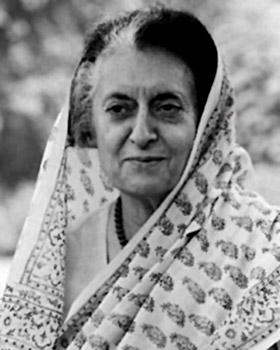 Women`s Organisations in the post-Independent period
Women`s Organisations in the post-Independent period
The government asked prominent women`s organizations to assist them in developing five-year plans. These women agreed with government that economic growth was the most important issue. The best known of the women`s organizations became institutionalized as they secured permanent buildings, well-staffed offices, libraries, and bureaucracies of their own. They set up and continue to administer programs designed to serve women, especially day-care centres, hostels for working women, educational centres and medical dispensaries. Their approach, like that of the Government, has been Welfarism. A number of women`s organisations have been criticised for this approach and blamed for not helping to prepare women for new responsibilities. It was felt that women themselves were hindering change and bringing about the traditional role of women as dependants.
The Communist women were the most vocal in expressing their dissatisfaction with constitutional provisions, five-year plans, and government and party promises. In 1954 Vibhla Farooqui and her female colleagues in the Communist Party of India organized a national conference to address women`s issues. At this conference they founded the National Federation of Indian Women (NFIW) to focus attention on women`s struggle for equal rights and responsibilities in all spheres of life and for improvement in their living conditions. They felt that the existing political forces were trying to reduce the role of women`s organisations to charitable work combined with the passing of resolutions. They therefore pleaded for a new orientation and a change in the status of these women`s organisations.
There were other women, close followers of Mahatma Gandhi, who saw economic and social change as more important than legal and constitutional rights. They too were dissatisfied. But many of these individuals also believed in voluntarism and focused their attention on grass-roots projects.
Toward Equality Report and its impact
Despite the criticism, the Indian government`s commitment to equality was not seriously challenged until 1974 when Toward Equality, a report on the status of women, was published. In 1971 the Ministry of Education and Social Welfare appointed a committee to examine the constitutional, legal and administrative provisions the have a bearing on the social status of women, their education and employment and to assess the impact of these provisions. There had been an internal demand for such a document but the actual timing was in response to a United Nations request to all countries to prepare reports on the status of women for International Women`s Year scheduled for 1975.
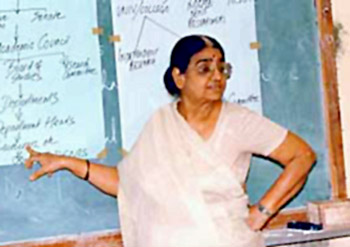 Dr. Phulrenu Guha, Union Minister for Social Welfare, chaired this committee with Dr. Vina Mazumdar, appointed in 1972, as member-secretary. The remaining nine members of the committee represented a wide range of interests and experience. The committee was asked to suggest ways to make women full members of the Indian state. In order to write this report, the committee commissioned a number of studies and interviewed about 500 women from each state. By 1973 they had concluded their proceedings. These studies and the report issued in 1974 were the first major effort to understand the extent to which constitutional guarantees of equality and justice had not been met for women.
Dr. Phulrenu Guha, Union Minister for Social Welfare, chaired this committee with Dr. Vina Mazumdar, appointed in 1972, as member-secretary. The remaining nine members of the committee represented a wide range of interests and experience. The committee was asked to suggest ways to make women full members of the Indian state. In order to write this report, the committee commissioned a number of studies and interviewed about 500 women from each state. By 1973 they had concluded their proceedings. These studies and the report issued in 1974 were the first major effort to understand the extent to which constitutional guarantees of equality and justice had not been met for women.
Authors of this report asserted that women`s status had not improved but had, in fact, declined since Independence. The declaration that social change and development in India had adversely affected women shocked many Indians. This was a time when Mrs. Indira Gandhi was the Prime Minister and India was one of the few countries in the world that regularly sent women abroad as ambassadors, representatives to the United Nations, and delegates to international conferences. To celebrate International Women`s Year, organizations all over the country were programming special sessions to publicize women`s achievements.
The impact of the Toward Equality on the programs and policies for women has been very crucial. Following publication of the report the Indian Council of Social Science Research (ICSSR) established an advisory committee on women`s studies headed by Dr. Vina Mazumdar. This supported further research into questions raised in the report. Almost all of the research carried out under the direction of this advisory committee attempted to discover the conditions under which women lived and worked in contemporary India. In 1980 the Centre for Women`s Development Studies, an autonomous research institute, was founded, with Vina Mazumdar as director. This centre has carried forward the work of studying the status of women and making recommendations to the government regarding policies. The Research Centre for Women`s Studies at SNDT Women`s University began its work in 1974 as a research unit. Under the able directorship of Neera Desai, it was accorded the status of Centre for Advanced Research in Women`s Studies by the University Grants Commission in 1980.
Thus the Towards Equality report made some very significant changes in the position and perception of women in the post Independent period. Further, the Institutional changes too brought about a marked change in women`s roles as is seen by the leading roles that Indian women continue to play in India and the world stage.
